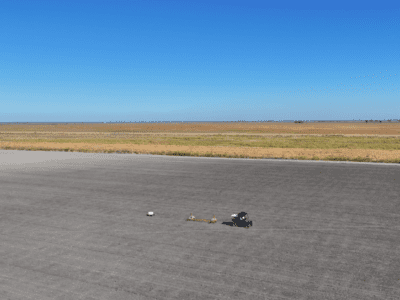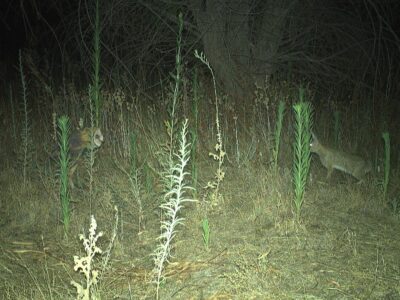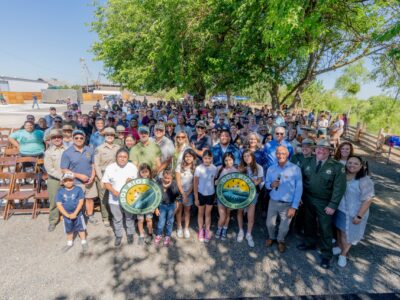For a quarter-century, River Partners has been on the forefront of bringing life back to vital habitat and communities along California rivers. With a string of torrential storms hitting the state, the importance of our work has never been more apparent.
Watch: A tour of our restored floodplains during recent atmospheric rivers in the Central Valley
As communities statewide faced the immediate challenge of responding to a half-dozen unrelenting atmospheric rivers over a two-week period, it’s crucial to remember that these storms are a warning of even bigger and more frequent storm events on the horizon. There’s no time to waste in developing a long-term strategy that will keep our communities safe in the face of increasingly variable and severe weather.
River Partners is geared up to implement hundreds of shovel-ready river restoration projects across the state over the coming years to grow resilient ecosystems and communities. Our 2,100-acre Dos Rios Ranch Preserve near Modesto, California’s largest public-private floodplain restoration project, is evidence that we can achieve the state’s ambitious conservation and climate goals while protecting our communities from floods.

The key to success? Investing in nature.
The Rising Threat of Megastorms
While traditional flood control methods such levees and dams will continue to be important, they are no longer sufficient means of reducing flood risk on their own.
Science, as well as history, tell us that major floods are coming, and with increased frequency and severity. Recent climate modeling efforts predict a worst-case-scenario megastorm, once thought to occur about once every 100 years, is now twice as likely to occur in any given year due to climate change. In addition, the supersoaker-storm will carry two to five times as much water than previous major storm events, thanks to a warming climate.

The effects of a storm of this magnitude would be catastrophic. In fact, a Central Valley flood of this size could result in $1 trillion dollars in damage—which could place such an event among the most costly natural disasters in world history. The up to $35 billion the Central Valley Flood Protection Plan calls for investing in over the coming years is a mere 3.5% of the total cost to recover from a megaflood.
“State and federal levees were built right up to the river’s edge, which doesn’t give the water much space to spread out,” says River Partners President Julie Rentner. “Many levees were engineered poorly, and they haven’t been adequately maintained. In the historic 1997 flood, levees broke in 17 places. Most levee systems will face challenges—if not failures—in the next big flood.”
Uneven Impact
Damage from flood events won’t be equitably distributed across the state. In San Joaquin Valley communities such as Stockton, flooding will likely be the most severe, and could rival the New Orleans Flood of 2005 in the aftermath of Hurricane Katrina. Often, low-income neighborhoods are the most vulnerable to severe flood events due to historic lack of investment in levee and flood systems.
“San Joaquin County needs help now,” says Restore the Delta community organizer and government liaison Artie Valencia. “Stockton is the most vulnerable flood point in California. For every $10 Sacramento gets for flood funding, Stockton only sees $1.”
This historical disinvestment in Delta communities needs to be addressed head-on to ensure environmental justice for communities facing the brunt of harm from the climate crisis.
“We need better communication and translated material for non-English speakers, more access to flood fighting materials, and better outreach for warming zones, shelters, and evacuation sites/plans,” says Valencia. “Most of all, this county needs proper funding to implement flood infrastructure improvements, including multi-benefit floodplain restoration, to ensure our levees don’t break or spill over.”
To address the rising threat of floods, we must adopt a more holistic approach that prioritizes flood safety for all, and takes into account the natural processes of rivers and the benefits of nature-based solutions.
Floodplain Restoration: Nature’s Best Defense
Experts agree that we must move beyond gray infrastructure solutions and maximize natural solutions to meet the increased climate stressors on our rivers and other waterways. The Central Valley Flood Protection Board (CVFPB) recently adopted an updated Central Valley Flood Protection Plan which calls for tens of billions of dollars in investments for a range of tools to manage floods, including multi-benefit floodplain restoration projects such as River Partners’ historic Dos Rios Ranch Preserve near Modesto.
According to CVFPB president Jane Dolan, “We do know what is needed. The Central Valley Flood Protection Plan lays out what is needed. The challenge is to implement the Plan. It is critical that we widen floodplains and protect our vulnerable communities. The need to act is urgent to protect lives and restore healthy ecosystems.”
Reconnecting floodplains lowers flood risk to downstream communities by reducing erosion and slowing down and redistributing floodwaters away from major urban centers. The floodplain at Dos Rios Ranch, for example, retained up to 4,800 acre-feet of water for three months after a series of storms in 2017, giving flood managers more time to warn neighborhoods and prepare.
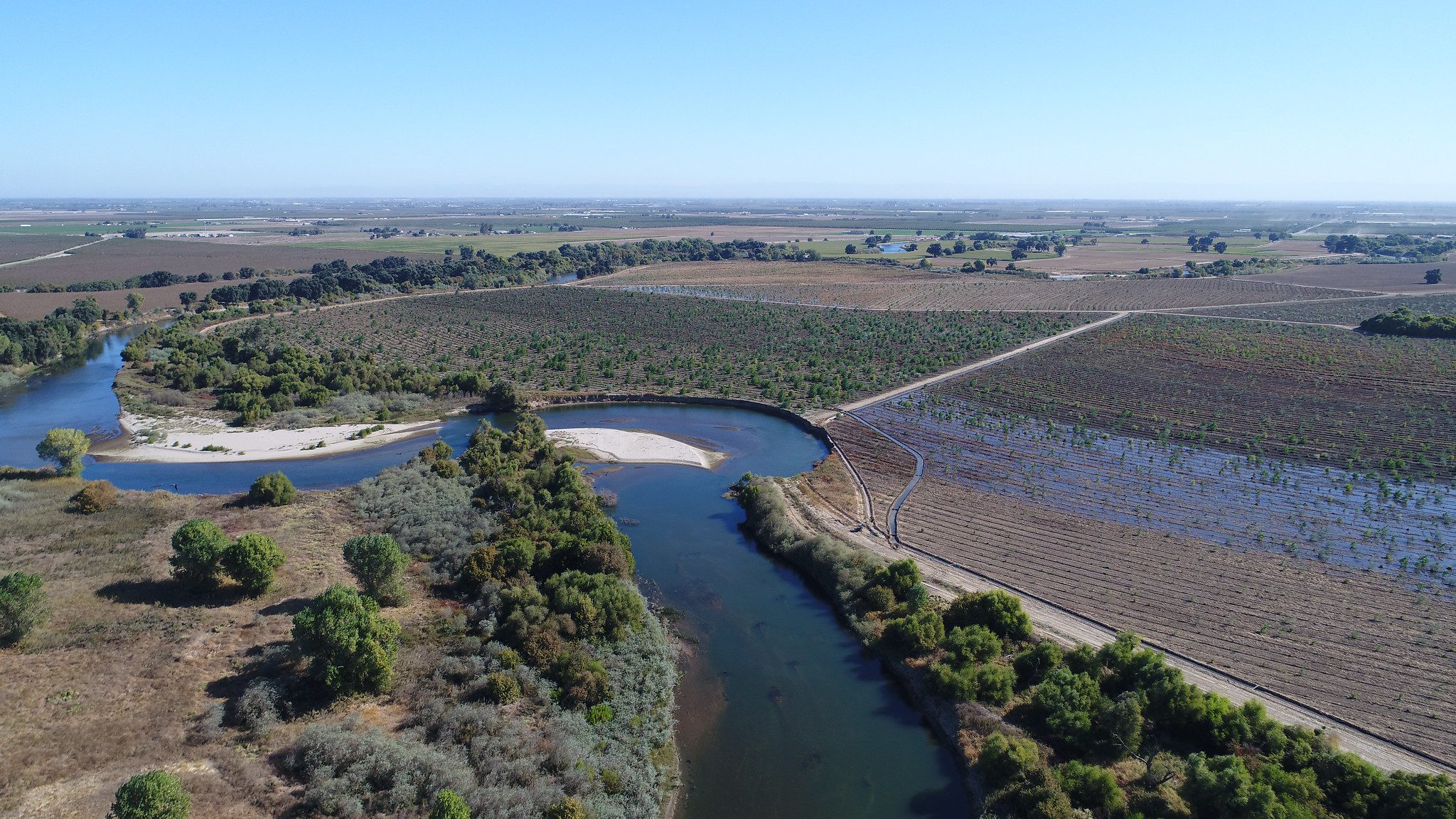
These seasonal wetlands also purify water and recharge groundwater, making floodplain restoration not only a winning strategy for wet years, but a strategy that prepares us for the increasing long and hot drought years as well.
“Our largest reservoir in California—by far—is our groundwater basins, which can hold roughly three times the amount of water as our reservoirs,” says Public Policy Institute of California senior fellow Jeffrey Mount in a recent article. “And they have space to spare, thanks in large part to a century of overpumping.”
More than Flood Protection
In addition to its benefits for flood protection, restoration provides exceptional habitat for wildlife. Sometimes called the rainforests of California, riparian ecosystems support greater biodiversity and more endangered and threatened species than any other habitat type in our state. Yet, today, less than 5% of these precious riverside forests remain.
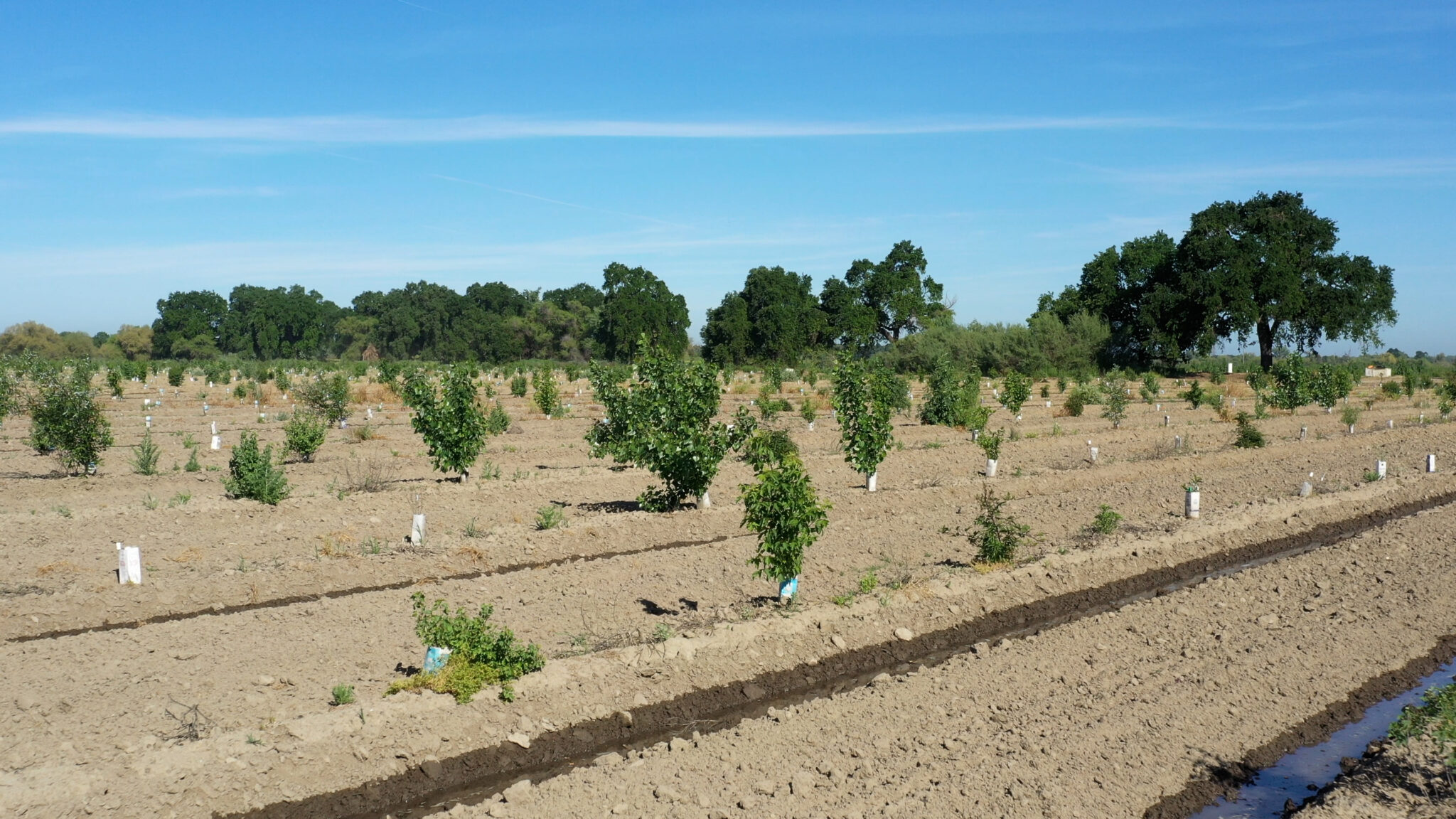
Our work at Dos Rios Ranch provides a blueprint for how to bring back what’s been lost. Restoration efforts there led to de-listing of the endangered Aleutian Cackling Goose, and benefit countless migratory species along the Pacific Flyway. The ranch is also one of the last remaining refuges for the riparian brush rabbit, one of California’s most endangered mammals. A broad range of other species including the Swainson’s hawk, least Bell’s vireo, Chinook salmon, steelhead trout, and monarch butterflies also find refuge in the lush, restored habitat.
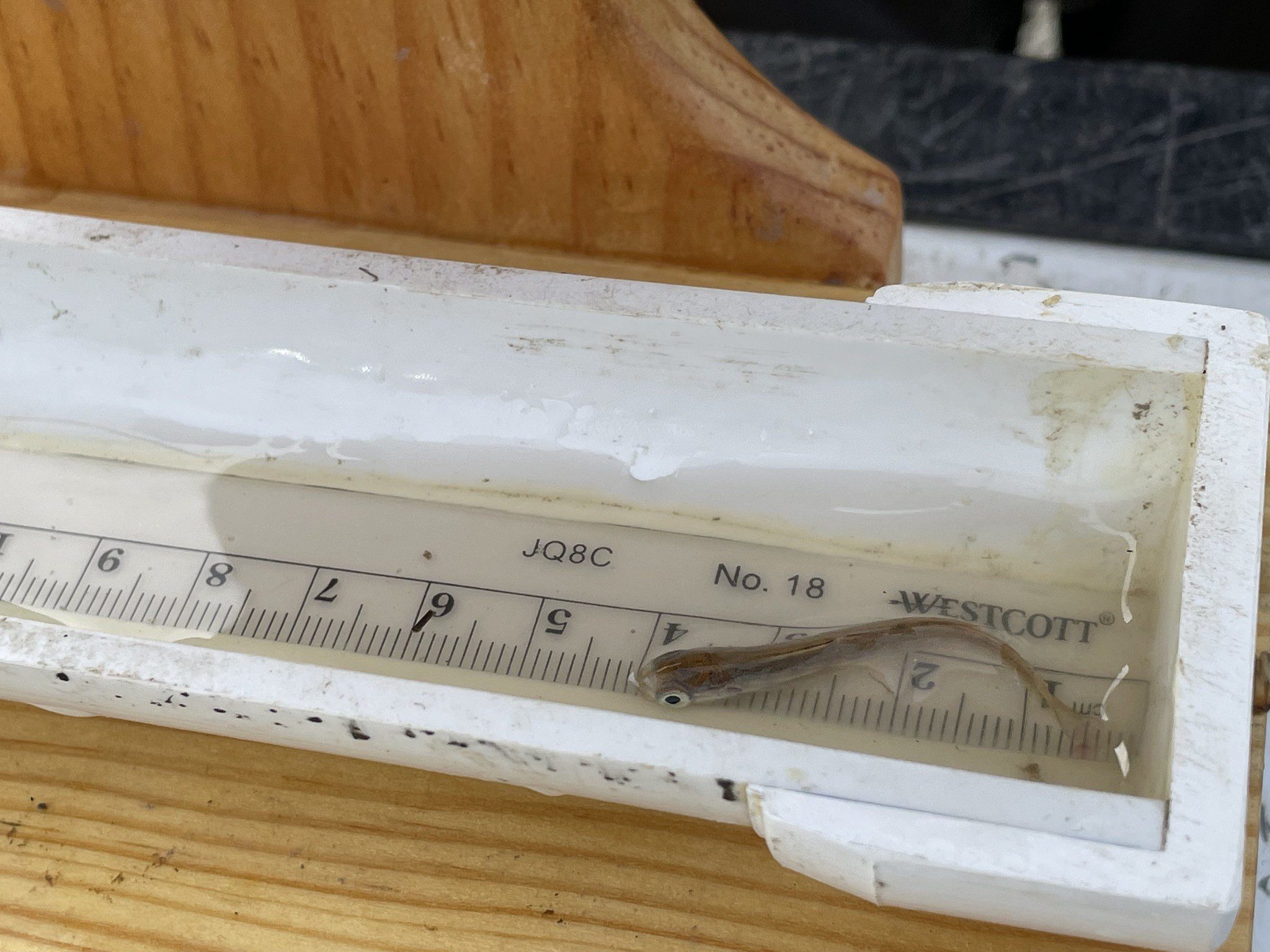
Riverside forests not only provide excellent habitat for wildlife, but also recreational opportunities for people looking to get outside and connect with nature. Dos Rios Ranch was chosen to become California’s newest state park in nearly a decade and a half, which will open up unparalleled riverside recreational opportunities in the San Joaquin Valley, the state’s most park-starved region. As we restore floodplains in the Central Valley, we can create an interconnected riverside park system, benefiting people and communities or generations to come.
Flood Safety Can’t Wait
For too long, we have tried to suppress the natural processes of rivers. But as we have learned, this can have disastrous consequences. By restoring natural floodplains, we can improve flood safety, purify water, recharge groundwater, sequester carbon, support biodiversity, and provide recreational opportunities that help connect people to nature.
As the risks of flooding and drought grow more severe with the weather, it’s more important than ever to restore the state’s riverways as a natural solution to the growing impacts of climate change.

